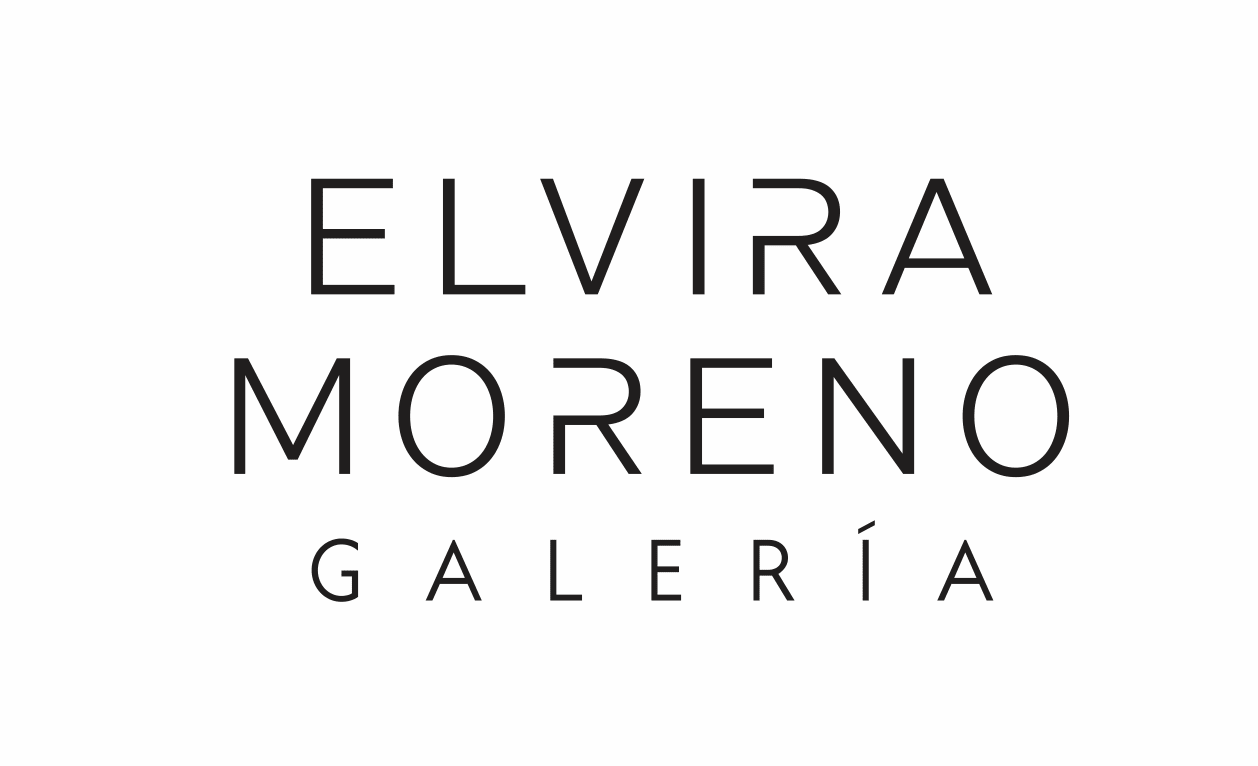This project was born from the encounter with a 1,800-year-old olive tree from Calabria. After the tree died during transport from Italy to Spain, Miler Lagos recovered a cross-section of the trunk and used it to print its grain onto handmade cotton paper produced months earlier in Bogotá. The paper had been created in anticipation of a meeting that had not yet taken place. Each sheet was prepared without having seen the tree, as an act of waiting.
The prints reveal the shape of a map. This form became a starting point to inscribe the names of the Mediterranean coastal settlements where Phoenician trade routes once extended. Each print also carries the name of an ancient coin, evoking the olive tree not only as a symbol of peace and ritual, but also as a currency of exchange and survival.
The press leaves behind more than an image. The scar of the saw and the oxidized marks of the printing plate remain visible in each impression. The tree, once a silent archive of time, becomes a witness that speaks through fracture. The work reflects on how nature carries the memory of violence and survival, and how something broken can still be an offering.
In this Mediterranean context, Getsemaní becomes a space for reflection. It holds the memory of a tree that outlived empires but could not withstand the desire to possess it. In its printed form, that life continues.



